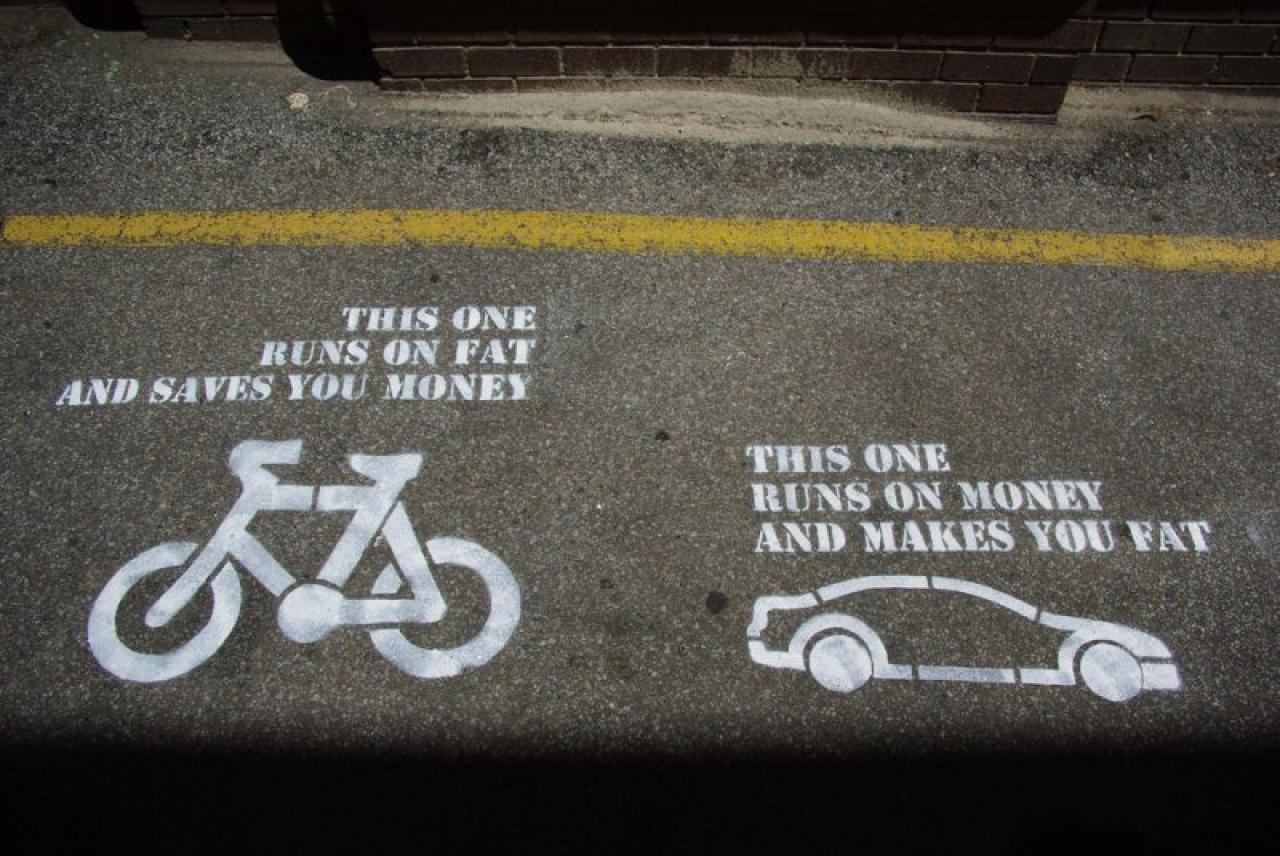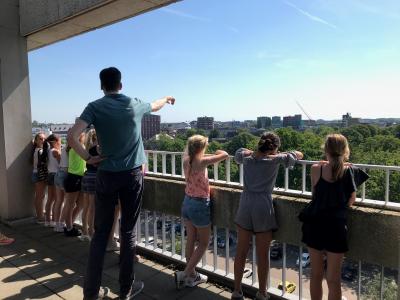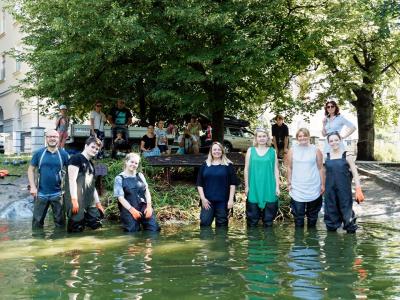
Health&Greenspace Action Planning Network member cities are planning effective and engaging communication for the 2nd phase. Here are a few pieces of valuable advice they can share with you.
1. Put yourself in your audience's shoes!
Before starting any communications, target audiences must be chosen. Targeting the "general public" only works for enormous multinational companies with endless resources - well, this is not the case for a municipality. Therefore finding smaller, easy-to-engage target groups pays of way more than just creating generic messages. In order to communicate effectively, one should align their messages with the target audience's worldview. So what are the most important values to your audience? Is it honesty, loyalty, hard work, privacy, patriotism, fairness, interdependence or personal freedom?
Tip: explore values through local media/communities/plitical, cultural trends, also don't forget to talk to your audience.
2. What identities does your audience have?
Who lives in your city? What kind of identities do you see? As identity shapes engagement, exploring these is a must. Each community has multiple identities from national to local, religious and family, occupational and political identity. While parenthood is important in one city (e.g. with lots of suburbs), in another healthcare for the elderly might ring more bells.
Tip: Explore your target groups' core identities! Also, choose the right messenger to create the "one of us" effect!

on the photo - Start young: engaging schoolkids in urban park design in Breda
3. Don't start from scratch!
Building communities is hard. Therefore finding already existing groups and harnessing their power makes more sense, especially for municipalities with limited capacities. These groups don't have to be about environmental protection: be creative and find ways to "mainstream" your project activities into the activities of already existing social groups and networks. E.g. is your topic air pollution? Why not create awareness by providing sensors monitoring air quality to the local walking club?
Tip: find already existing groups and start creating connections!

on the photo - Everyone happy: collaboration with already existing groups. City of Poznań together with District Council Swięty Łazarz and Palm House took part in establishing floating garden on the pond in the Wilson Park in Poznań. Installation was coordinated by experienced on floating gardens and ecological education Fundation On Water from Wrocław.
4. Craft your messages carefully
Think global but communicate local - focus on local impact in your communication, highlight personal experiences and pair it with solutions to avoid emotional numbing. Use stories whenever possible, along with images. Remember: familiar people and stories are always more interesting and attractive than pie charts and diagrams. If possible, connect to issues that matter to your audience. Is your target group young mums? Talk about natural playgrounds. Are they elderly with health issues? Engage them by creating cardio trails. Also, always emphasizes solutions and benefits.
5. Overcome barriers
Barriers are natural so do expect them when trying to run your project. However, you can prepare to tackle them. You can override negative mental models by communicating on human scale, using stories and metaphors and sticking only to a few facts and figures. This way you can avoid info fatigue. Also, create conditions where behavior change is easy. Enable people to set specific targets for their behavior, make healthy and eco-friendly behavior choices the default and highlight the good examples. Also, if possible, incentivize positive behavior!
+1: Dare to experiment!
You don't have to be serious all the time in your communication! Try different formats, align the usual articles, video clips and infographics use humor, art, street experiments and visions to engage your target audiences.

